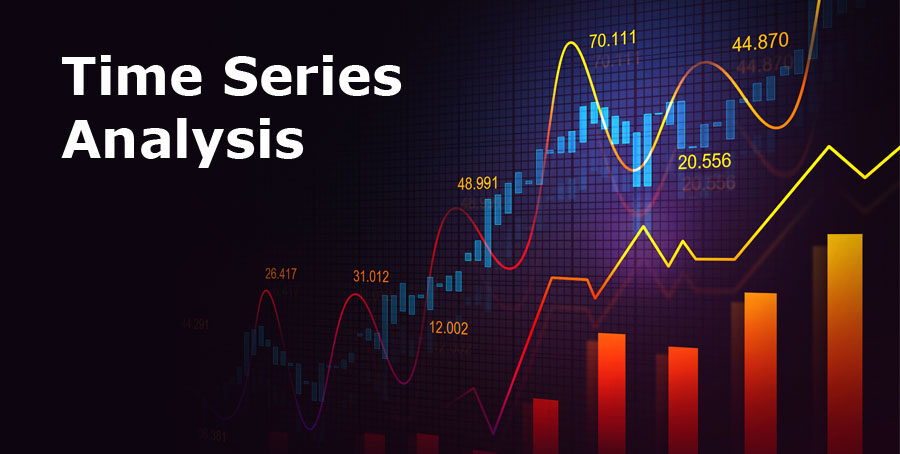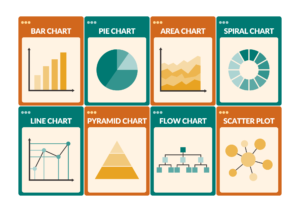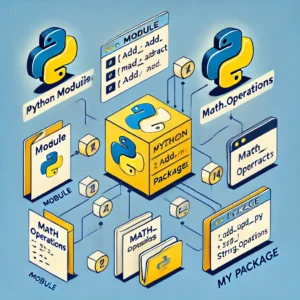Time Series Analysis in Data Science
Time series analysis is a powerful statistical technique that involves analyzing time-ordered data points to understand underlying patterns, trends, and relationships over time. This method is essential for various fields, including finance, economics, healthcare, environmental studies, and more. In the realm of data science, time series analysis plays a crucial role in forecasting, anomaly detection, and understanding temporal dynamics, making it an indispensable tool for data scientists.
What is Time Series Analysis?
A time series is a sequence of data points recorded at successive points in time, usually at uniform intervals. Time series analysis involves methods for analyzing time series data to extract meaningful statistics and characteristics. The goal is to identify the nature of the phenomenon represented by the sequence of observations and forecast future values.
Key Components of Time Series
- Trend: The long-term movement or direction in the data. It could be upward, downward, or stationary.
- Seasonality: Regular, repeating patterns or cycles in the data, often tied to calendar-related events (e.g., seasons, quarters).
- Cyclical Patterns: Long-term cycles that may or may not be periodic, often influenced by economic or other external factors.
- Irregularities/Noise: Random variations or residuals that cannot be explained by trend, seasonality, or cyclical patterns.
Time Series Analysis Techniques
- Descriptive Analysis: Summarizing and visualizing the time series data using plots like line charts, histograms, and autocorrelation plots.
- Decomposition: Breaking down a time series into its component parts: trend, seasonality, and residuals.
- Smoothing Techniques: Techniques like moving averages and exponential smoothing to reduce noise and highlight underlying patterns.
- Autoregressive Integrated Moving Average (ARIMA): A popular model for forecasting that combines autoregression (AR), differencing (I), and moving averages (MA).
- Seasonal Decomposition of Time Series (STL): Decomposing time series data into seasonal, trend, and residual components.
- Exponential Smoothing State Space Model (ETS): A family of forecasting models that apply exponential smoothing to capture trend and seasonality.
- Prophet: An open-source forecasting tool developed by Facebook, designed to handle time series data with strong seasonal effects and missing data.
Applications of Time Series Analysis in Data Science
- Forecasting: Predicting future values based on historical data. This is widely used in finance (stock prices, sales forecasting), supply chain management, and weather prediction.
- Anomaly Detection: Identifying unusual patterns that do not conform to expected behavior. This is critical in fraud detection, network security, and fault detection in manufacturing.
- Seasonal Adjustment: Removing seasonal effects to better understand the underlying trends and cycles. This is useful in economic data analysis and planning.
- Signal Processing: Filtering and transforming signals in fields like engineering, telecommunications, and audio processing.
- Econometric Modeling: Understanding economic relationships and forecasting economic indicators.
Steps in Time Series Analysis
- Data Collection: Gathering time-ordered data points relevant to the problem at hand.
- Exploratory Data Analysis (EDA): Visualizing and summarizing the data to identify patterns, trends, seasonality, and outliers.
- Data Preprocessing: Handling missing values, outliers, and transforming data as needed (e.g., logarithmic transformation).
- Model Selection: Choosing the appropriate model based on the data characteristics and the analysis objectives.
- Model Training: Fitting the model to the historical data.
- Model Validation: Evaluating the model’s performance using techniques like cross-validation and residual analysis.
- Forecasting and Interpretation: Using the trained model to make predictions and interpret the results.
Challenges in Time Series Analysis
- Non-Stationarity: Many time series are non-stationary, meaning their statistical properties change over time. Transformations like differencing or detrending are often needed.
- Complex Seasonality: Time series data can exhibit multiple seasonal patterns (e.g., daily, weekly, yearly), which complicates the analysis.
- Missing Data: Time series data can have missing values, which need to be handled appropriately to avoid biased results.
- High Dimensionality: With multiple time series (multivariate time series), the complexity increases, requiring more advanced techniques and computational resources.
Conclusion
Time series analysis is a fundamental aspect of data science, offering robust techniques for understanding temporal data. Its applications span numerous industries, providing insights that drive decision-making and strategic planning. By mastering time series analysis, data scientists can unlock the potential of temporal data, enabling more accurate forecasts, better anomaly detection, and deeper insights into temporal dynamics.




